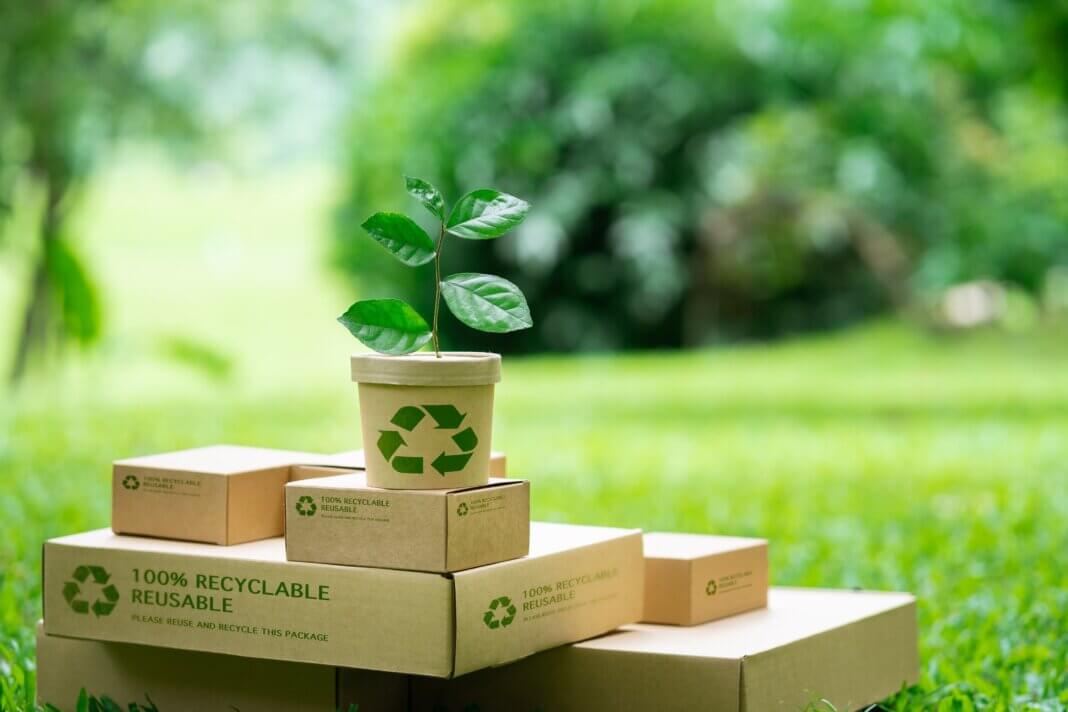Rethinking Packaging: Why Sustainable Solutions Matter More Than Ever
In a world grappling with plastic pollution, overflowing landfills, and rising consumer awareness, the conversation around packaging has shifted. No longer is packaging viewed solely as a means of protecting products—it’s now a reflection of environmental responsibility. For eco-conscious businesses and consumers alike, sustainable packaging has emerged as a vital component of a greener supply chain.
The Problem with Traditional Packaging
Each year, tens of millions of tons of plastic packaging are produced worldwide. Yet, only a small fraction is ever reprocessed into usable material. The rest? A staggering percentage ends up buried in landfills, incinerated, or worse, floating in oceans and harming marine ecosystems. The environmental cost of this waste is vast, contributing to greenhouse gas emissions, toxic pollution, and long-term ecological degradation.
E-commerce has added another layer of complexity. The convenience of online shopping has come with a hidden price: an estimated 8 million tons of packaging waste are generated annually from deliveries alone. Many of these materials are non-recyclable or excessively bulky, compounding the environmental footprint.
Consumers Are Demanding Change
Fortunately, public sentiment is shifting. A growing number of consumers, especially younger generations, are expressing a clear preference for sustainability. Studies show that over half of shoppers are willing to pay more for products from companies that demonstrate environmental responsibility. For millennials in particular, sustainable packaging isn’t a luxury; it’s an expectation.
This new mindset is pushing brands to consider not just what they package, but how they package it. It’s no longer just about cost—it’s about purpose, values, and long-term impact.
What Defines Sustainable Packaging?
True sustainable packaging meets several key criteria:
Material health: It’s made from safe, non-toxic materials that can be reused, recycled, or composted without harming the environment.
Resource efficiency: It minimizes raw material use and energy consumption throughout its life cycle—from production to end-of-life disposal.
Functionality: It protects the product effectively while avoiding unnecessary layers or components.
Circularity: Ideally, it fits into a closed-loop system where packaging is either repurposed or fully reintegrated into the supply chain after use.
Responsible sourcing: Materials are harvested or manufactured using renewable energy and ethical supply practices.
Sustainable packaging is not a one-size-fits-all solution. The right choice depends on the product’s nature, customer expectations, and overall environmental goals.
Making the Transition: Strategies for Greener Packaging
For companies aiming to lower their ecological footprint, several strategies can ease the transition to more sustainable packaging:
Reduce excess: Eliminate unnecessary materials or switch to minimalist designs that serve their function without waste.
Rethink materials: Swap out plastic for biodegradable, plant-based, or fully recyclable alternatives.
Educate your customers: Include instructions on how to reuse, recycle, or return packaging materials. Engagement breeds action.
Buy in bulk: Reducing packaging per unit can be achieved through larger-volume purchases or group packaging options.
Partner sustainably: Work with suppliers and packaging manufacturers that prioritize sustainability in their own operations and sourcing.
By integrating these practices, companies can align their packaging strategies with broader environmental commitments—and appeal to the growing market of eco-minded consumers.
The Bigger Picture
Switching to sustainable packaging isn’t just a marketing move—it’s a vital part of tackling global waste and resource consumption. Every box, bag, or container redesigned with the planet in mind has the potential to prevent pollution, conserve energy, and promote a circular economy.
For forward-thinking businesses and conscientious consumers, the message is clear: sustainable packaging is no longer optional. It’s a necessary step toward a cleaner, healthier, and more equitable future. For more on this, check out the infographic below from Eagle Flexible Packaging company.
